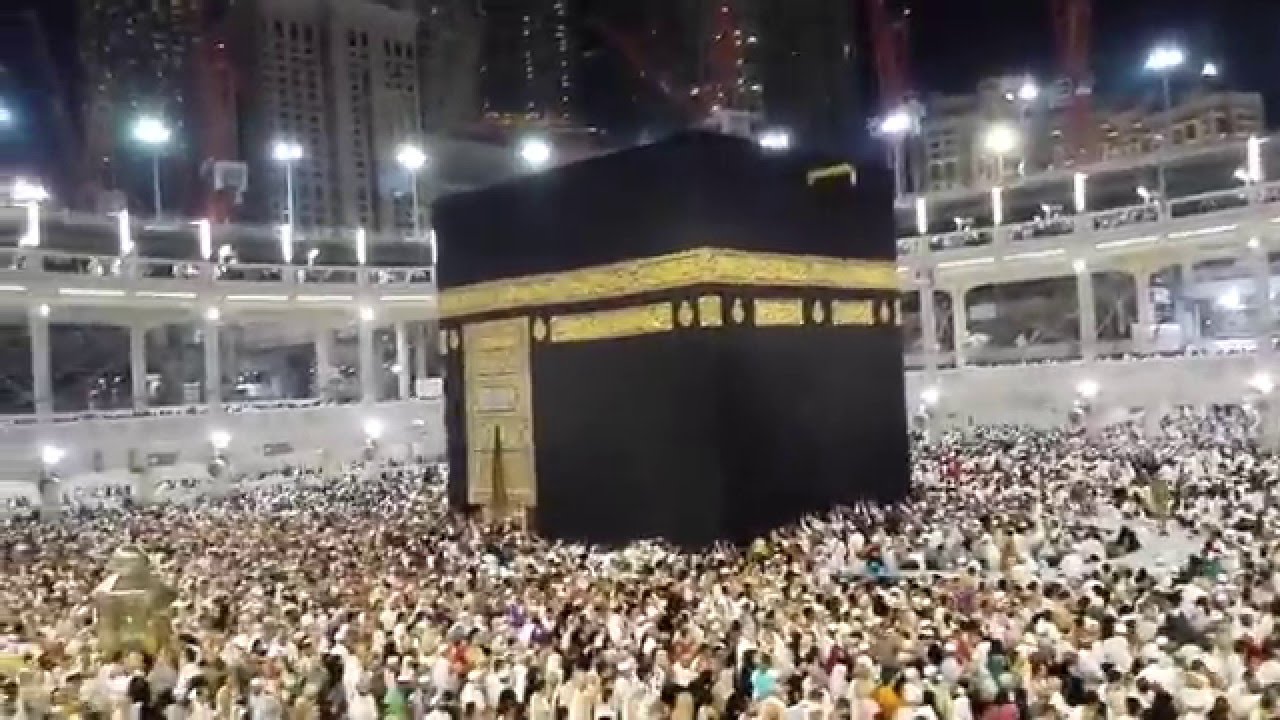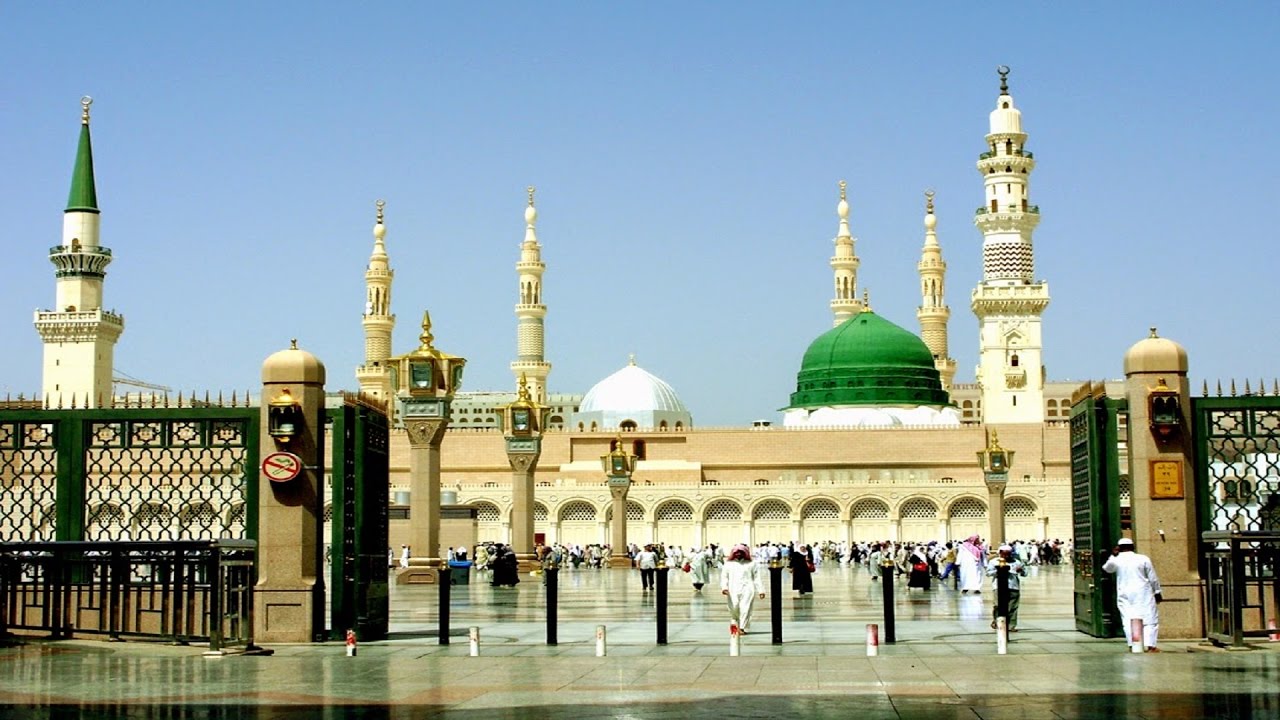janaza-writing kalima
“Bismillahir Rahmannir Raheem”Al-Hamdu Lillaahi Rabbil ‘Aalameen was Salaatu was- Salaamu ‘Alaa Sayidinaa Muhammadin wa Aalihi wa Asabihi Ajma ‘een (tauheed- risalat- ahkirat and islam-iman-ihsan)
Aulia janaza
Allama Shaami has not prohibited writing completely. He further states in the same quoted reference, “Some scholars have quoted from Fawaaidush-Sharjee that ‘Bismillaahir-Rahmanir-Raheem’ should be written on the forehead of the deceased and ‘Laa ilaaha illallaah Muhammadur-Rasoolullah(ﷺ)on the chest, by finger and without any ink. This writing should be done after the Ghusal is given and before kafn is put on the mayyit.” – Raddul-Muhtaar, Vol. 1, Just before BaabtnTashahud .
Allama Shaami (ra)has quoted a ruling of permissibility from Fataawa Bazaaziya. It is proof that the elder scholars of the Hanafis rule permissibility on this.
The Sahaaba’s practice of stating in their will (wasiyat) to have the sacred relics (Tabarruks) of the Prophet(ﷺ)in their kafns.
The Prophet(ﷺ)” himself placed his Tahband Sharif in the kafn of his beloved daughter, Sayyidah Zainab (ra), Hadrat Ta’us (ra)wished for words of dua to be written on his kafn.
It is a rule of Shariah that placing sacred things in what is impure (najaasat) is Haraam.
However, if a person places these sacred things due to a need in a pure place with a good intention, doing so will not become impermissible merely on the possibility of it becoming soiled.
Zam-Zam is sacred water. To make istinjaa with it is Haraam, but to drink it is allowed.
To write Quranic ayats, wash it and thereafter drink it is correct.
Hadrat Umar (ra)wrote ‘Hubisaa fi-Sabeelillah’ on the thighs of the horses of Astabul, even though there is a strong fear of drops of urine touching the thighs.
Based on this proof, Imam Naseer (ra)ا and Imam Saffaar (ra)ا, who are two eminent scholars, and Imaams of the Hanafi muzhab, ruled that it is permissible to write the Kafani, etc.
With regards to the statement of Shaikh Ibn Hajar (ra)ا (“This writing of Hadrat Umar (ra)on the horses was for differentiation.
Although there are different intentions, the letters that were written are the same. The ruling of the letters {Huroof} does not change due to the difference in intention.
Rasoolullah(ﷺ)dressed the Hypocrite with his blessed shirt as Kafani. From this, we see that without Imaan, these sacred relics (Tabarruks) do’ not give benefit to the deceased. We too believe that Kafani is beneficial to a deceased who is a Mu’min, not a Kaafir.
Of course the Prophet(ﷺ)knew that Abdullah bin Ubai was a Hypocrite (Munaafiq).
all of this deals with Beliefs (Aqaaid) and it is necessary for the Holy Prophet(ﷺ)to have knowledge of this. When a farmer is able to recognize fertile and barren land for farming, why can’t the Nabi (ﷺ)know and understand the land of Imaan (the human heart)?
There are three reasons why Rasoolullah(ﷺ)gave Abdullah bin Ubai (ra)these relics,
1. Abdullah bin Ubai’s son was a sincere Mu’min and pleasing him was intended by this.
2. Once, this Hypocrite gave his shirt to Hadrat Abbas (ra)to wear. Rasoolullah(ﷺ)wanted to free his uncle of this debt.
3. The Holy Prophet(ﷺ)demonstrated that he was the Mercy to the Worlds (Rahmatulil-Aalameen) in this incident. He is ready to show mercy to everyone, irrespective of whether a person takes his guidance or not.
On the other hand, when Hadrat Talha (ra)drank the blood of the Holy Prophet(ﷺ)after cupping, the Prophet(ﷺ)said, “The fire of Jahannam is Haraam upon you.”
A cloud rains down on every kind of earth, but solid, mountainous regions take no benefit from it.
When I want to talk to allah I say prayers and when I want that he talk to me I recite quran- Hazrath Ali(ra)
Make sure you forward this to others .


